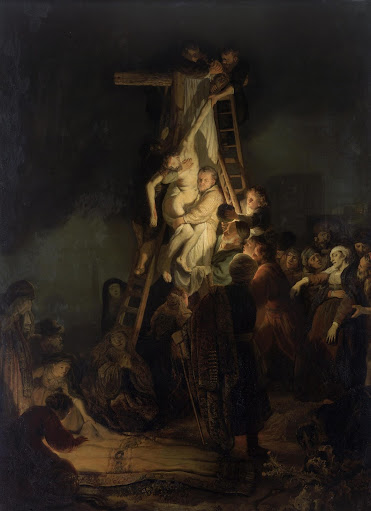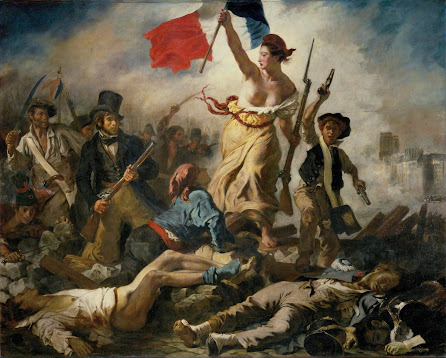If It Ain't Baroque...
The Baroque Period is a very interesting section of Art History. Around the mid to late 1500s, the Catholic Church was starting to get a bit worried about the increasing popularity of Lutheranism in the populace. In response, they convened the Council of Trent, the 19th ecumenical council of the Roman Catholic Church, in Trento, Italy.
The Council's main objective was to be a counter-reformation to the Protestant reformation and revitalize the public's interest in Catholicism. One of the ways it went about doing this was, in essence, advertising to the uneducated masses through visual art. Since a very large portion of the population was illiterate, it made sense to try to connect to them through mediums that didn't require reading. There was a sudden push from the Church to the artists of the time to create works that inspired awe in the public, while at the same time grounding iconic biblical scenes to make them more relatable.
Possibly the exemplar of these ideas is Dutch painter Rembrandt's 1634 painting, The Descent from the Cross.
 |
| Rembrandt, The Descent from the Cross, oil on canvas, 1634 |
This piece is a perfect example of many of the main themes of the Baroque period, lighting, grit, and religion. It depicts Christ being taken down from the cross in vivid detail, a crowd of concerned faces surrounding him, his limp body in the arms of the man removing him, Mary fainting at the sight of her son's corpse.
The most apparent and impressive part of the piece is the dramatic lighting, tenebrism is used to fantastic effect in The Descent from the Cross (1634). The light illuminating Christ's limp body gives it a nearly transcendent quality while at the same time casting deep shadows on the crowd surrounding him, casting deep shadows on their faces and giving them all sunken eyes and morose expressions. It gives a larger-than-life feeling to the scene depicted, while at the same time giving it a grounded and gritty tone, which is exactly what the Council of Trent wanted. It makes the whole scene feel incredibly real, it's charged with emotion that's easy for public audiences to connect with.


I absolutely love this piece, when I look at it I immediately feel the anguish of the events that just happened. I'm so engaged with this piece because of the choice of making the scene be the events AFTER Christ's crucifixion, the feelings of Jesuses followers that would happen after the event couldn't be described but felt. The drama with the lighting effects accentuating Christ even in death are all give always for a Baroque painting and like you said is a staple to the genre.
ReplyDelete